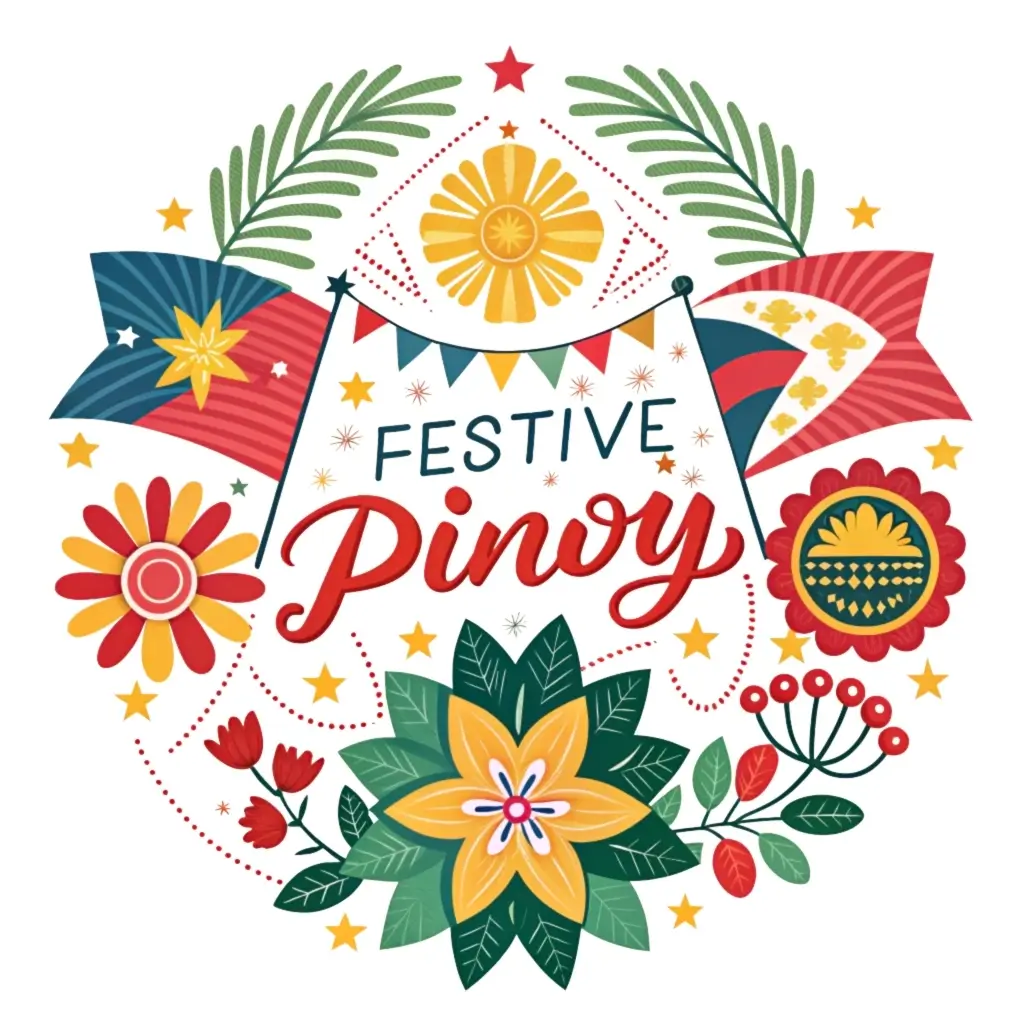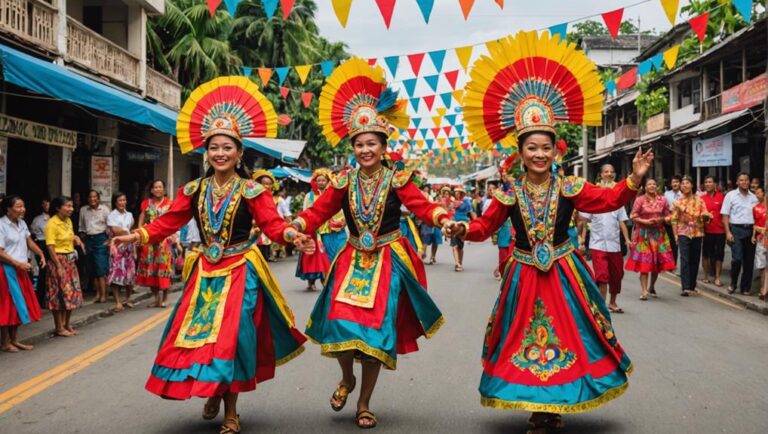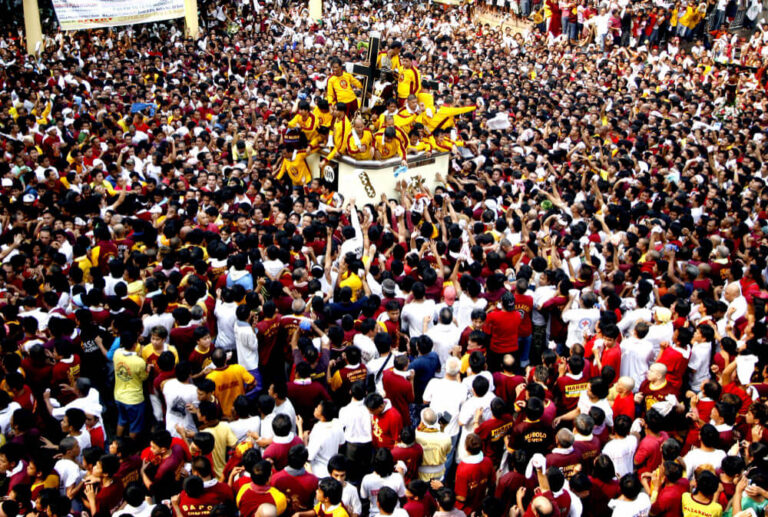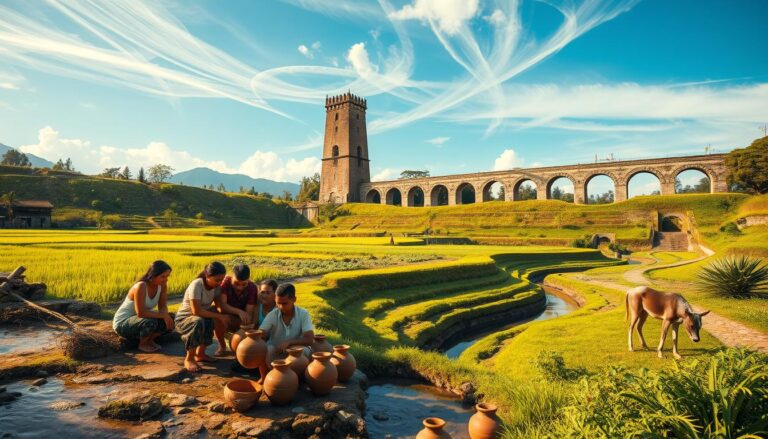Turogpo Festival: Leyte’s Turogpo Festival: History & Celebrations
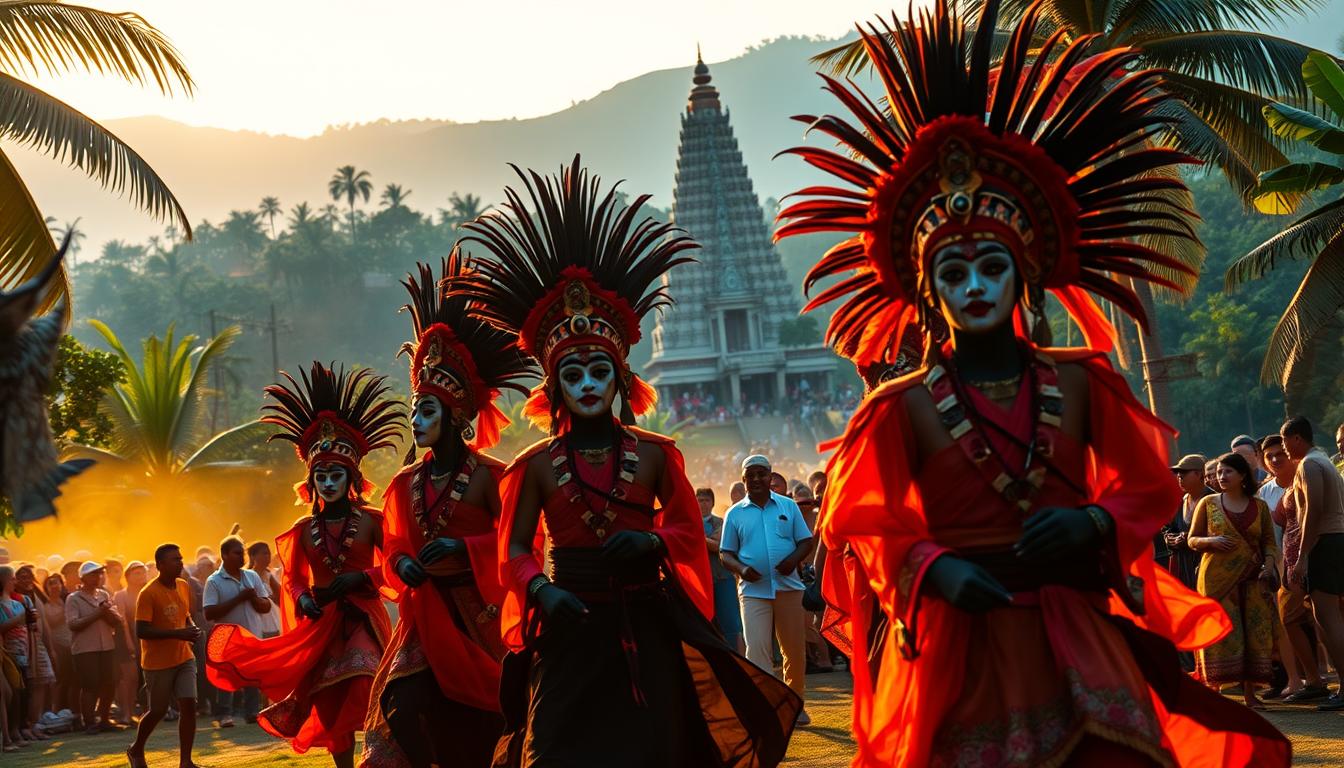
In the heart of Carigara, Leyte, a vibrant tradition comes alive every year. This centuries-old event blends history, agriculture, and community bonds into a spectacle unlike any other. Its name originates from the Waray term “tugpo,” which means matchmaking—a nod to its roots in fostering connections among locals.
Dating back to the Spanish colonial era, this gathering has evolved while preserving its core identity. Farmers once used it to celebrate harvests and strengthen relationships through shared labor. Over time, it grew into a symbol of resilience, reflecting Leyte’s ability to honor its past while adapting to change.
Today, the celebration features lively activities that highlight teamwork and local heritage. From traditional dances to displays of agricultural pride, each element tells a story. These customs remind participants of their ancestors’ values and the land that sustains them.
Key Takeaways
- Rooted in Waray culture, the event’s name reflects its historical focus on community connections
- Originated during Spanish colonial rule as a harvest celebration for farmers
- Showcases Leyte’s agricultural heritage through traditional activities
- Serves as a living testament to the region’s adaptive cultural identity
- Provides foundation for understanding its modern-day significance
Historical Origins and Evolution of the Festival
Deep within Leyte’s cultural tapestry lies a tradition born from resistance. What began as subtle opposition to colonial rule transformed into a cherished annual gathering, weaving faith and heritage into its core.
Roots and 400-Year History
Four centuries ago, Spanish authorities banned indigenous practices during Holy Week. Locals responded by creating coded celebrations on Good Friday, disguising cultural rituals as religious observances. This clever defiance preserved ancestral customs under the guise of honoring Christ’s death.
Transition From Sacred to Symbolic
In 1983, Bishop Cipriano Urgel reshaped the event’s timeline. His request to move festivities to Black Saturday aimed to separate solemn religious rites from vibrant cultural expressions. Historian Eduardo Ong noted, This shift honored both faith and identity, creating space for each to thrive.
The change initially sparked debate but ultimately strengthened community bonds. Farmers adapted rituals to align with the new date, blending agricultural cycles with revised traditions. Today, the event stands as a testament to Leyte’s ability to evolve while honoring its complex past.
Turogpo Festival: Balancing Tradition with Animal Welfare Activism
A cultural crossroads emerges as Leyte’s centuries-old practices meet modern legal standards. The Animal Welfare Act of 1998, strengthened by 2013 amendments, now shapes how communities preserve heritage while respecting ethical boundaries.
Enforcement of the Animal Welfare Act
Section 6 of Republic Act No. 10631 clearly prohibits causing physical harm or psychological stress to animals. Violations carry penalties of up to two years’ imprisonment and ₱100,000 fines. Local authorized committee animal welfare groups now monitor events, ensuring adequate care through proper shelter and sustenance.
Councilor Joenlee Larraga explains, We’ve shifted from passive observation to active inspections during Black Saturday preparations.
This includes mandatory veterinary checks for animals traditionally used in celebrations. The law’s strict enforcement has led to canceled events that fail compliance checks.
Local Government and Community Perspectives
Mayor Eduardo Ong Jr. acknowledges the challenge: Our ancestors never imagined legal concerns about practices they considered normal.
While some residents argue cultural identity is at risk, younger generations increasingly support humane alternatives.
The committee animal welfare works with barangay leaders to educate communities about cruelty prevention. This collaborative approach aims to transform rather than erase traditions. As one farmer noted, We can honor our history without causing suffering – that’s the true spirit of Black Saturday.
Cultural Impact and Community Traditions
Carigara’s annual gathering weaves competitive spirit into its cultural fabric. Three main events dominate the calendar: pasungay (carabao clashes), equine showdowns, and village-representative cockfights. These contests trace their roots to agricultural rivalries and neighborhood pride.
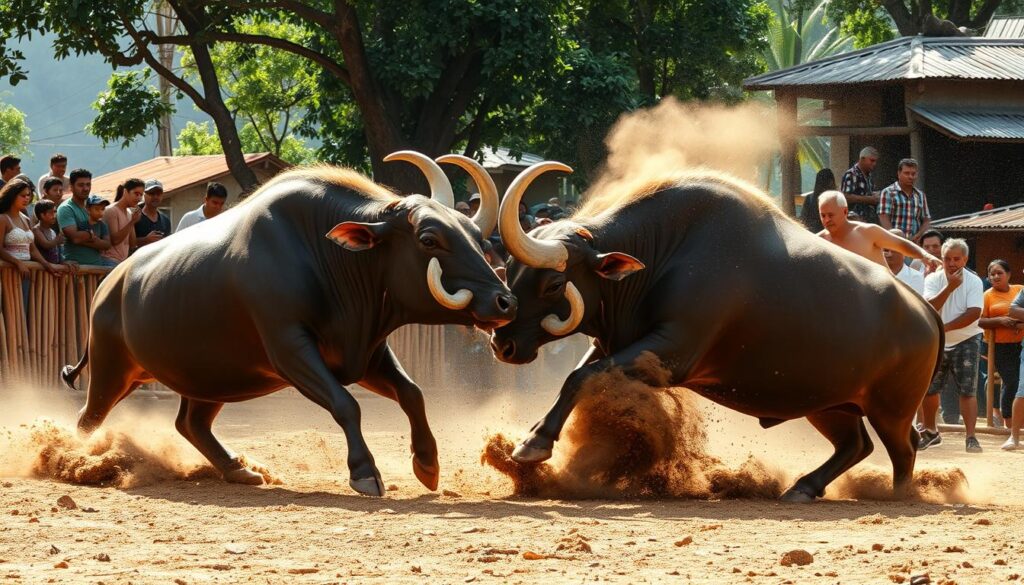
Unique Events: Carabao, Horse Fights, and Cockfights
Local farmers prepare carabaos for months before the main event. The 2008 clashes saw Alexander Bodo and Fresco Florendo emerge as champions. Horse competitions similarly draw crowds, with Pantilo Ligutan and Alberto Bacordo claiming past victories.
Rooster battles pit barangays against each other, feathers flying in displays of local breeding skill. “These fights aren’t just games,” explains former participant Jimmy Yacap. “They’re how we measure a community’s strength.”
| Event | Cultural Role | Economic Impact |
|---|---|---|
| Carabao Fights | Showcase farming prowess | Boosts equipment sales |
| Horse Competitions | Test equine training | Increases stable rentals |
| Cockfights | Unite neighborhoods | Drives poultry trade |
Social and Economic Implications for Carigara
Local vendors report doubling incomes during peak years. Street food stalls and handicraft makers benefit most. Hotels in nearby Tacloban often fill with visitors attending the clashes.
The presence of officials like Sec. Sergio Apostol in 2008 boosted regional visibility. However, recent legal scrutiny has caused some sponsors to withdraw support.
The Future of Traditional Celebrations Amid Legal Challenges
New animal welfare regulations force difficult choices. While some propose simulated fights using robotic substitutes, elders resist changes. “We’ll find ways to adapt,” assures barangay leader Teodoro Yacap. “Our traditions have survived 400 years – they’ll weather this storm too.”
Conclusion
Centuries of tradition meet modern ethics in Leyte’s evolving cultural landscape. The local government now navigates complex demands – preserving 400-year customs while upholding animal welfare laws. Recent adjustments, like replacing fights with commemorative programs, reflect this delicate balance.
Strict enforcement of cruelty prevention measures has reshaped celebrations. Violations risk heavy fines or imprisonment, pushing communities toward humane alternatives. As historian Eduardo Ong observes, Our ancestors’ practices must adapt to survive in today’s world.
This year’s simplified events – including memorial Masses and cultural talks – signal a turning point. While some residents voice concerns about losing heritage, others see opportunity. Government leaders emphasize collaboration, working with animal rights groups to honor tradition responsibly.
The town’s journey shows how cultural identity can evolve without disappearing. As legal mandates and community requests shape future celebrations, one truth remains: Leyte’s history lives through its people’s ability to grow while remembering their roots.
